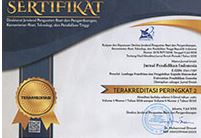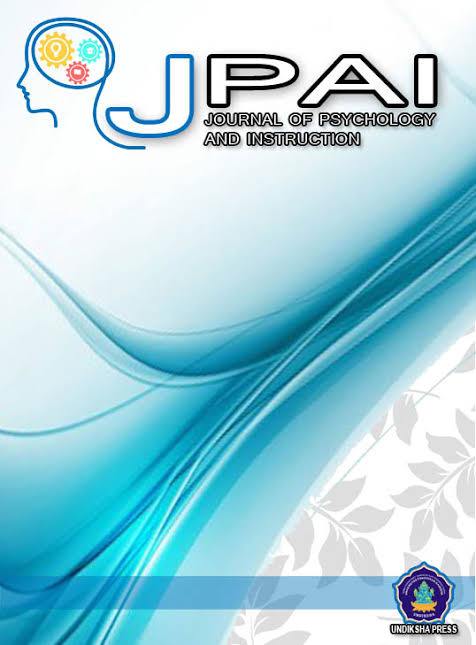The Analysis of Creative Thingking Ability in Science Subject Matter of the Fourth Grade Students in SD N. 2 Pemaron Buleleng Sub-Distric
DOI:
https://doi.org/10.23887/jpai.v1i1.9627Keywords:
qualitative descriptive science lesson, the ability to think creativelyAbstract
This study aimed to describe the creative thinking abilities of students in science lessons, describe the obstacles faced by teachers in improving the thinking skills of fourth grade in elementary school No. 2 Pemaron Buleleng and describe the efforts of teachers in improving the thinking skills of fourth grade in elementary school No. 2 Pemaron Buleleng. This type of research is qualitative descriptive. The subjects were students of class IV and science teachers, while the object of this study is the ability to think creatively IPA on students. Results of this study are as much as 46.45% of students scored below average including medium category. Results of the indicator analysis shows that original thinking is an indicator with the highest percentage of the total percentage of 84.17% of the indicators of current thinking, thinking elaborative and indicators to think flexibly. Constraints faced in the ability to think creatively is the interest of students is still low, inadequate facilities, lack of utilization of the environment as a source of learning, learning methods that are less attractive and less parental supervision of their children's learning activities. Efforts are being made to improve the ability to think creatively IPA, among others, teachers use a more varied learning methods and implement learning activities more interesting and fun as more invites students to conduct experiments in the classroom or outside the classroom.










